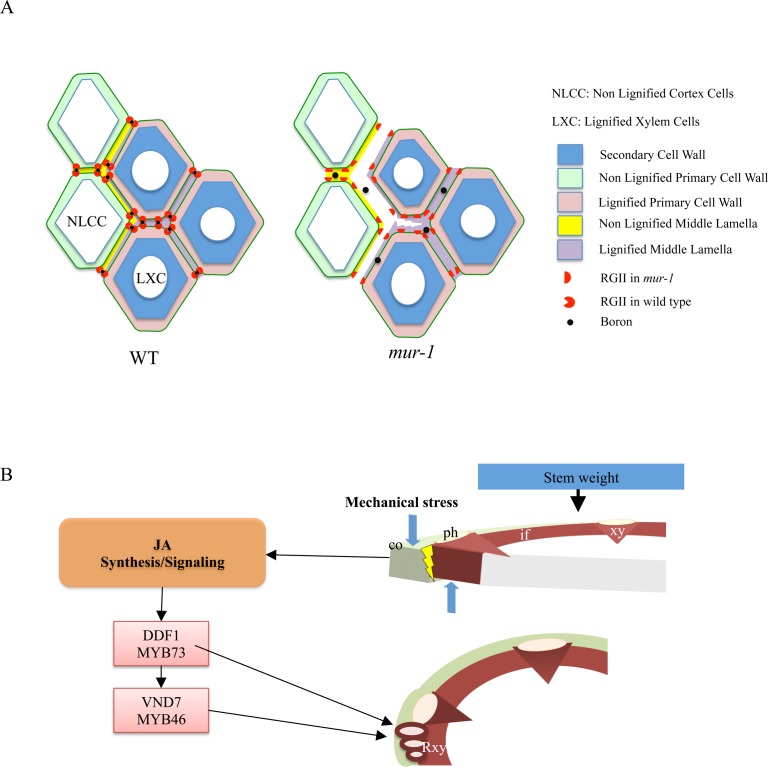Fig 5. Putative mechanisms responsible for the mur1-1 phenotype in the inflorescence stem.
A. Diagram of cell adhesion deficiency at the edge of lignified tissues and non-lignified cortex cells in mur1-1. RG-II dimers are enriched in the cell corners. Relative sizes of middle lamella, primary and secondary cell walls are not drawn to scale. B. Working hypothesis of regenerative xylem formation in the mur1-1 inflorescence stem. The cell adhesion is compromised by reduced RG-II cross linking. Mechanical stress on cortex and lignified tissues induces loss of cell adhesion and then transcription of jasmonate related genes. Regenerative elements are formed by activation of specific transcription factors. Co: cortex, ph: phloem, xy: xylem, Rxy: regenerative xylem, if: interfascicular fibers. Blue arrows: shear forces.

